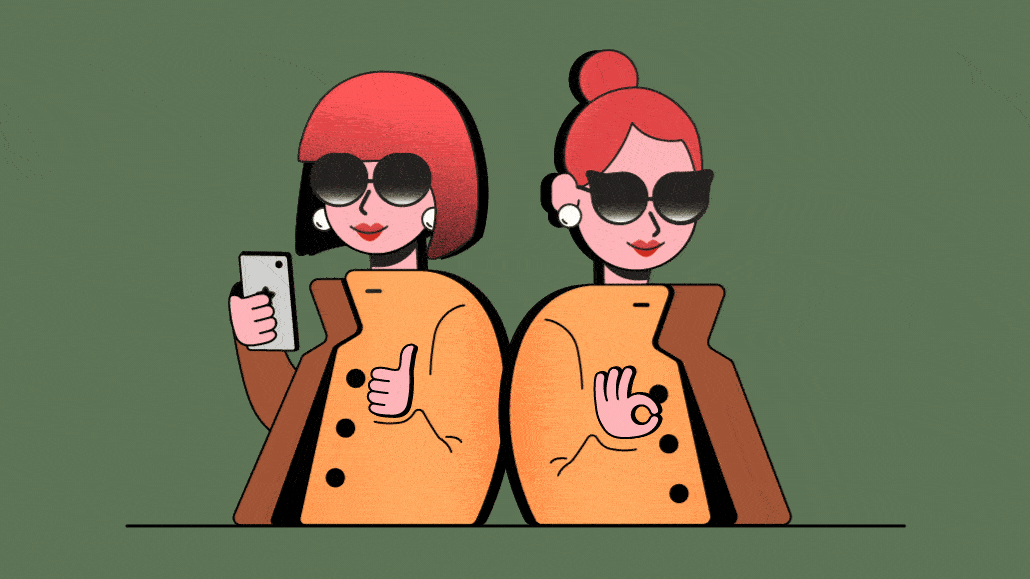BDG’s new event franchises are taking a page from the Met Gala playbook

As publishers make plans for the slow and deliberate return to in-person events, BDG has decided to shift its strategy to include featuring more invite-only guest lists and participating in other events like Coachella and Art Basel to increase its role as an influencer.
To do that, the publisher of Bustle, Nylon, W, The Zoe Report, and others is amassing a series of new tentpole, experiential franchises, in one it’s dubbing the Nylon House and bringing back others like ZOEasis. While these franchises occur multiple times a year, they won’t stand on their own but will pop up adjacent to various “cultural moments” that are important to its audience, according to the company’s new evp of brand marketing and experiential, Lindsay Leaf, who joined in January from Group Nine.
The schedule isn’t finalized, but plans for Coachella are already in motion with two sponsors signed on. After publication, BDG added that Outshine Snacks and European Wax Center were confirmed as those sponsors. The goal is to host more than a dozen of these in-person events this year, according to BDG president and CRO Jason Wagenheim. As of now, these events will be monetized exclusively through sponsorships, rather than ticket sales, but BDG execs are brainstorming ways to integrate a consumer revenue stream, whether that’s through tickets or NFTs.
BDG’s events business also consists of bought-if-sold events commissioned by advertisers primarily in the entertainment, liquor, fashion or beauty categories. But Wagenheim said the big opportunity is creating these editorially-driven franchises, like Nylon House, that are scheduled around marquee moments in cultural conversation, like Coachella, SXSW, Art Basel and the film awards season.
This model was tested at the end of last year at Art Basel in Miami, with the debut of Nylon House and an event series tied to BDG’s fashion brand W. That first Nylon House took place in the evening as a party with a DJ, drinks and dancing. Wagenheim said that over a five-day period, the company held seven events and made seven figures of revenue from nine sponsorships. He did not provide specific revenue figures or share the cost to participate for advertisers.
The goal for these franchises is to do for BDG what the Met Gala and the Vanity Fair Oscar Party did for Condé Nast. Publishers have been “throwing really fun events for a chic exclusive crowd [for decades]. There’s no question that that’s a good model,” said Wagenheim.
Therefore, these events, which BDG hopes to garner anywhere from a few hundred to a thousand guests, are invitation-only to achieve the same level of exclusivity of celebrities and influencers. This will also hopefully ensure that content posted on social media from the attendees as well as organic media coverage of the events gets seen by a much larger audience. This might mean less content overall, but it will be produced by those with a significant following.
Leaf said that while invited guests will not be expected to post anything if they accept an invitation, having people present who know how to produce high-quality content there is appealing.
“The Met Gala and [Vanity Fair] Oscars Party have a long history and they’ve developed a cachet to a point where other media organizations cover those events. For a lot of the newer brands, they’re trying to figure out what their version of that is that creates enough prestige and spills over to a point where competing media organizations are willing to cover,” said Eric Fleming, co-founder and executive producer of New York-based experiential agency, Makeout NYC, which has worked with publishers like Time in the past to create similar invite-only events.
While the exclusive nature of invite-only, celebrity-focused events is, again, not a new strategy for publishers, getting broader audiences to care about these events can be tricky.
“[Sharing] clips of all these people drinking and dancing and having a good time is more of a FOMO thing,” versus creating engaging content with the guests in attendance that tells a story or shares new information, said Fleming.
BDG’s virtual-first events business made low eight-figures of revenue each year for the past two years, Wagenheim said. While he would not disclose hard revenue figures, Wagenheim did say that last year’s events business was slightly behind 2020 due to what Wagenheim attributed to “virtual exhaustion” from both fewer audiences tuning in and sponsors spending less money on those channels.
The events business has a modest revenue growth goal of a 20% increase over 2021, according to Wagenheim. He said the momentum created from the Art Basel kick-off as well as the first half of 2022 will hopefully accelerate the number of experiential franchises that host events in the back half of 2022 and in 2023.
More in Media

Earnings from social and search players signal that AI will be a long-play investment
Giants like Google, Meta and Microsoft say investors and advertisers might have to wait longer for AI to generate a better return on investment.

Why some publishers aren’t ready to monetize generative AI chatbots with ads yet
Monetization of generative AI chatbot experiences is slow going. Some publishing execs said they’re not ready to add advertising to these products until they scale or can build a subscription model first.

Media Briefing: Publishers who bet on events and franchises this year are reaping the rewards
Tentpole events and franchises are helping publishers lock in advertising revenue.








